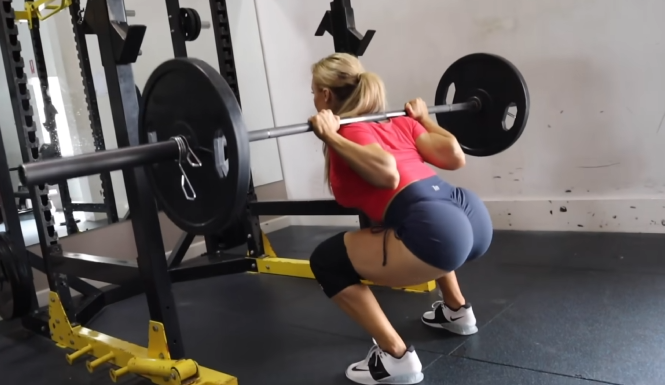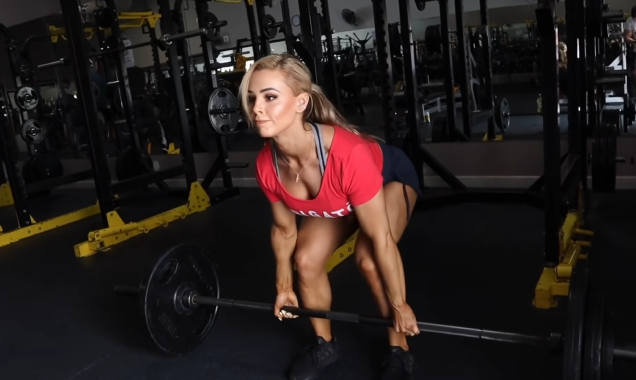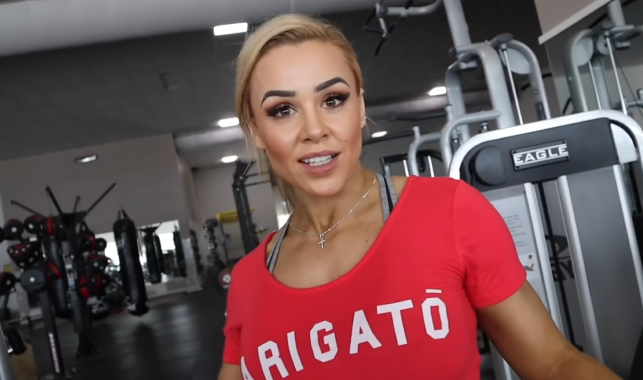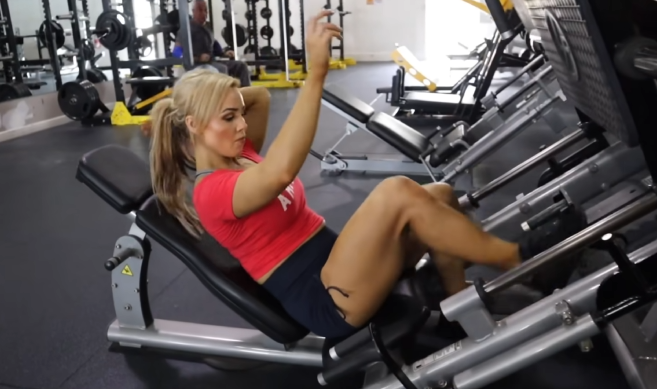
Week 4, Phase 1 (W4P1) of the BUILD Program has been intense, but incredibly rewarding. As someone deeply committed to building a stronger body—while also recovering from years of knee discomfort—I’ve learned that training smart goes far beyond just lifting weights. Nutrition and joint care, especially knee health, play a major role in progress. In this post, I’m breaking down exactly what’s in my diet right now and how I’m supporting my knees through it all.
My Diet: Fueling for Strength and Recovery
During this stage of BUILD, I’m focusing on progressive overload, higher volume lower body movements, and solid hypertrophy work. That means my body needs fuel. I’ve structured my diet to support three main goals:
- Muscle growth
- Joint support and inflammation reduction
- Energy sustainability
1. Macronutrient Breakdown
Here’s a rough breakdown of what I aim for daily:
- Protein: 1g per pound of body weight (around 140g/day)
- Carbohydrates: ~200-220g/day
- Fats: ~60-70g/day
Protein is the star when it comes to recovery and building muscle. I include lean meats, Greek yogurt, eggs, and plant-based sources like lentils and tofu.
Carbs are my training fuel—especially on lower-body days. I cycle my carbs slightly higher on leg days (which tend to be the most intense) to keep glycogen stores full.
Healthy fats are essential for hormonal health and joint function. I include avocado, olive oil, fatty fish, nuts, and seeds in moderation.
2. Sample Day of Eating
Here’s a sample of what I eat on a typical W4P1 training day:
Breakfast:
- 3 scrambled eggs
- 1 slice of whole grain toast
- Half an avocado
- 1 cup spinach sautéed in olive oil
- Black coffee
Mid-Morning Snack:
- Greek yogurt (plain, unsweetened)
- Mixed berries
- Handful of walnuts
Lunch:
- Grilled chicken breast
- Brown rice
- Roasted broccoli
- Turmeric and ginger seasoning
Pre-Workout Snack:
- Rice cake with almond butter
- Banana
Post-Workout Shake:
- Whey protein (25g)
- 1 cup almond milk
- 1/2 cup oats
- Cinnamon
- Creatine (5g)
Dinner:
- Baked salmon
- Quinoa
- Mixed greens with olive oil and apple cider vinegar
Evening Snack:
- Cottage cheese
- A small drizzle of honey
- A few almonds
I also hydrate consistently throughout the day—aiming for at least 3 liters of water. I sometimes add electrolytes, especially after sweaty workouts.

Supporting Knee Health: Smart Choices for Joint Longevity
This program demands a lot from the knees—squats, lunges, step-ups, and even plyometrics during accessory sessions. That’s why I’m giving my knees just as much attention as my muscles.
1. Nutrition for Joint Support
Certain foods and supplements are scientifically backed to support knee health:
- Omega-3 fatty acids (from salmon, chia seeds, or fish oil): Reduce inflammation in joints
- Collagen peptides: Taken daily with vitamin C to support cartilage regeneration
- Turmeric/Curcumin: Natural anti-inflammatory
- Bone broth: A source of gelatin and other cartilage-supporting nutrients
- Vitamin D and calcium: For bone density, critical as training volume increases
2. Key Supplements I’m Using
- Hydrolyzed collagen (10g/day) – often added to coffee or smoothies
- Fish oil (1,000-2,000mg/day EPA/DHA combined) – for joint and cardiovascular health
- Magnesium glycinate (400mg) – for muscle relaxation and recovery
- Glucosamine + chondroitin (cycling on/off) – long-term joint support
These aren’t miracle cures, but they do work synergistically with diet and training to protect long-term joint function.

Training Modifications for Knee Care in BUILD W4P1
The BUILD Program is structured, but there’s always room for smart modifications. For example:
- Warm-ups: I never skip dynamic warm-ups. Banded lateral walks, hamstring bridges, and leg swings activate the glutes and stabilize the knees.
- Controlled Tempo: On squats and lunges, I slow down the eccentric (lowering) phase to avoid knee shearing.
- Foot Positioning: For Bulgarian split squats and reverse lunges, I adjust foot placement to minimize pressure on the kneecap.
- Knee sleeves: I use them on heavier leg days for warmth and proprioceptive feedback—not as a crutch, but as a tool.
I also replace high-impact jumps with low-impact plyometrics when needed, especially during recovery weeks or if my knees feel sensitive.

Recovery Routine: The Unsung Hero
BUILD W4P1 is pushing boundaries—but rest is where growth actually happens. My recovery strategy includes:
- Foam rolling post-session, focusing on quads, IT bands, and calves
- Static stretching after workouts (hip flexors, hamstrings, glutes)
- Active rest days with light cycling or walking
- Sleep: I aim for 7.5–8 hours/night, non-negotiable
Recovery isn’t just about feeling good—it’s about protecting the longevity of my joints, especially my knees, which have been through years of abuse from past sports injuries and poor mechanics.

Mind-Body Connection: Listening to My Knees
One of the most overlooked aspects of training is learning to listen to your body. I used to power through knee pain, thinking it was just part of training. That was a mistake.
Now, I pay attention to:
- Clicking or grinding sounds—these could signal improper tracking or early degeneration
- Sharp pain—always a red flag
- Lingering soreness—which may mean I need to adjust intensity, form, or rest
BUILD W4P1 is about building strength with intention, not ego. That means modifying exercises when needed, resting when required, and checking in with a physical therapist when pain persists.

Final Thoughts
Week 4 of the BUILD Program has shown me that progress isn’t just about how much you lift or how hard you train. It’s also about how well you nourish and protect your body—especially your knees, which take on so much during strength training.
What’s in my diet is there by design—to support strength, endurance, recovery, and joint health. My approach to knee care isn’t perfect, but it’s consistent, and that’s what makes the difference.
If you’re doing BUILD or any strength program and dealing with knee issues, remember this: training smart today means being able to train for life. Fuel your body, protect your joints, and never underestimate the power of recovery.


